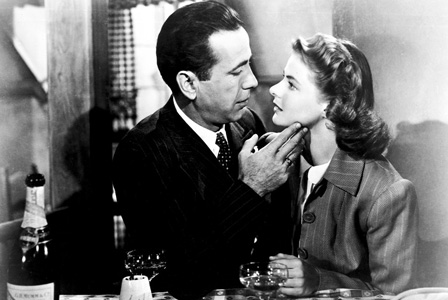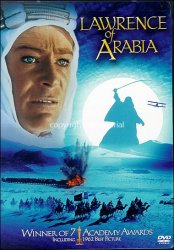Early Stages of Color in Film (Part 2) by Keefer C. Blakeslee
Tuesday, May 26th, 2015
I would like to continue this fascinating history of color in film by introducing the innovations from Technicolor. Since they’ve a lot of history as well, I will keep it brief. The following quoted material has been gleaned from: http://filmmakeriq.com/lessons/the-history-and-science-of-color-film-from-isaac-newton-to-the-coen-brothers/
“There are two ways to create color: The additive system is where primary colored lights are added together to create white light. The other system is the subtractive system where primary colors (cyan, magenta and yellow) are subtracted from white light to create black.”
“The Technicolor Company was founded in 1915 to exploit a two-color additive process. Their first film was an utter failure so they changed direction and started working on a two color subtractive process. The new process, patented in 1922, used a beam splitter in the camera to split the light onto two black and white film stocks. The resulting dyed positive images would be cemented together for a final color positive image which could be played back in standard projectors with no special equipment.”
In 1932, Technicolor perfected the three strip system. Using a beam splitter they captured light onto three pieces of film. Using this new process, they showcased the film Becky Sharp. This was Technicolor’s first feature film. Later, they completed The Wizard of Oz and Gone with the Wind.
“In the 1990s, many filmmakers explored different lab processes such as bleach bypass to create unique film tones. Moving into the 2000s, computers became powerful enough to handle entire films. Digital intermediaries came into use – a process of scanning a film frame by frame into a computer to be digitally manipulated.” As they say, the rest is history.
There is so much information about color in film that I can’t tell you everything without making this blog boring. If you want to learn more, you can find many websites that share the whole history.
I took you on this journey to give you a reality of how far we’ve come in making films. Back in the early 1900s you were luck to get color in your film. When Technicolor stepped in with its innovative ideas, we finally had a way to film movies in color. When I look at films throughout history I’m amazed to see drastic changes in the quality of these films. People are still finding new ways to capture stories and make them into movies. Whether it’s live-action or animation, color is used to create breath-taking visuals.
Just because we now have the power of color doesn’t mean we should neglect black and white films. While I love color in film and the optics created with it, there is something about black and white that sticks in my brain. Why? Because most of the classic films were done in black and white? Or, is it that black and white formed the original faces of films? While both of these are true, I believe I have an answer. Well not me, but film critic, Roger Ebert. I’ve read his memoir, Life Itself, so many times and there is a section (Chapter 21: My New Job, Pg. 159) where he talks about color in film.
“Color is sometimes too realistic and distracting. It projects superfluous emotional cues… Black and white (or,  more accurately, silver and white) creates a mysterious dream state, a world of form and gesture. Try this. If you have wedding photographs of your parents and grandparents, chances are your parents are in color and your grandparents are in black and white. Put the two side by side and consider them honestly. Your grandparents look timeless. Your parents look goofy. Go outside at dusk, when day light is diffused. Shoot some natural-light portraits of a friend in black and white. Ask yourself if this friend, who has always looked ordinary in every color photograph you’ve ever taken, does not, in black and white, take on an aura of mystery. The same happens in the movies.”
more accurately, silver and white) creates a mysterious dream state, a world of form and gesture. Try this. If you have wedding photographs of your parents and grandparents, chances are your parents are in color and your grandparents are in black and white. Put the two side by side and consider them honestly. Your grandparents look timeless. Your parents look goofy. Go outside at dusk, when day light is diffused. Shoot some natural-light portraits of a friend in black and white. Ask yourself if this friend, who has always looked ordinary in every color photograph you’ve ever taken, does not, in black and white, take on an aura of mystery. The same happens in the movies.”
The word is, timeless. I agree and disagree with Ebert. I don’t believe color is distracting. I feel like color can also create a dream state. The Grand Budapest Hotel with its vibrant colors transports you into another world. Where I do agree with Ebert is the timeless and mystery aspect of black and white films. A bit of a pet peeve of mine is when a studio decides to take a classic black and white film and add color. I feel like it looses its agelessness. While I am happy with the evolution of color in film just remember that black and white are colors too.




 The evolution of film is a vast subject. Whether it’s the development of technology, writing or performance by actors its growth continues to this day. I want to focus on a aspect of film that we take for granted but is a defining step in today’s modern film. That is the addition of color!
The evolution of film is a vast subject. Whether it’s the development of technology, writing or performance by actors its growth continues to this day. I want to focus on a aspect of film that we take for granted but is a defining step in today’s modern film. That is the addition of color!
